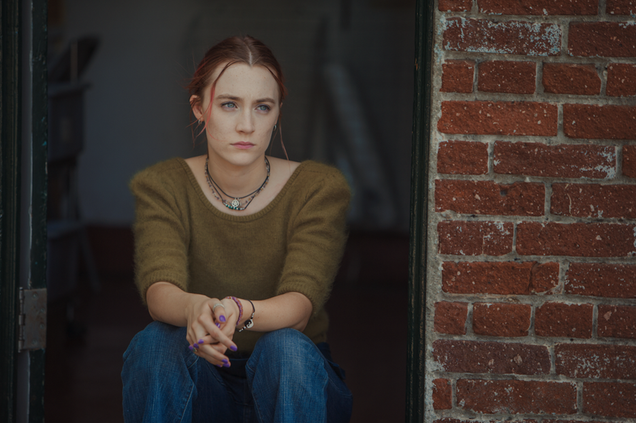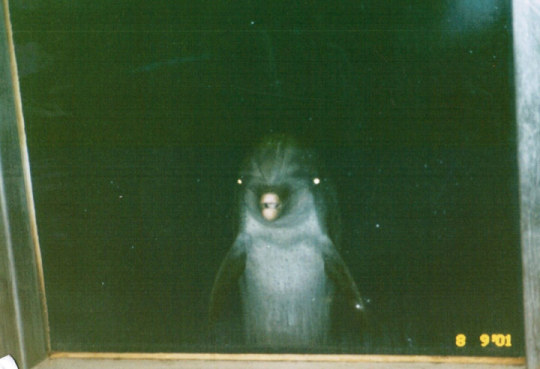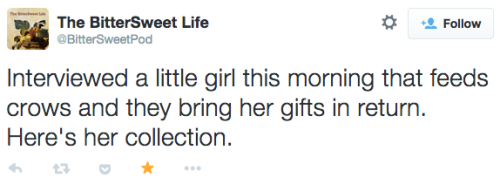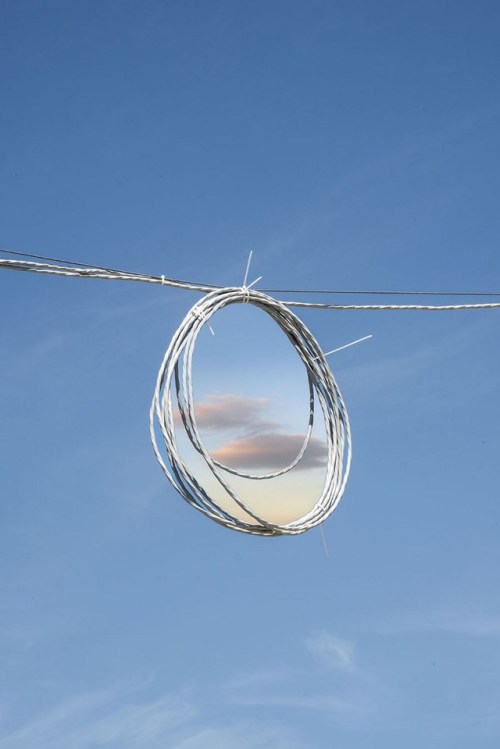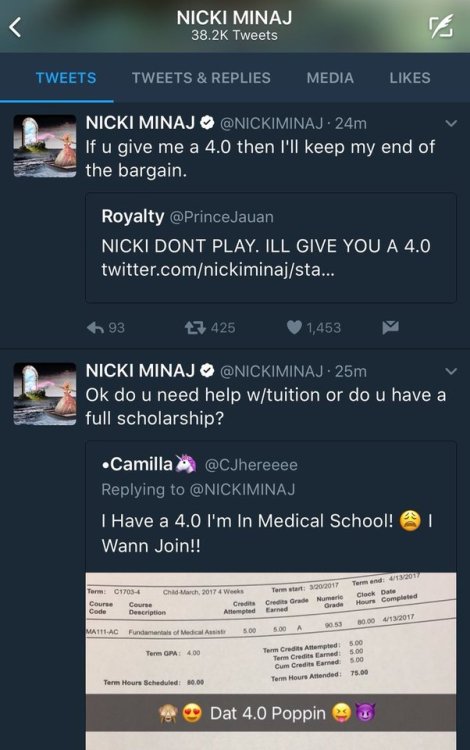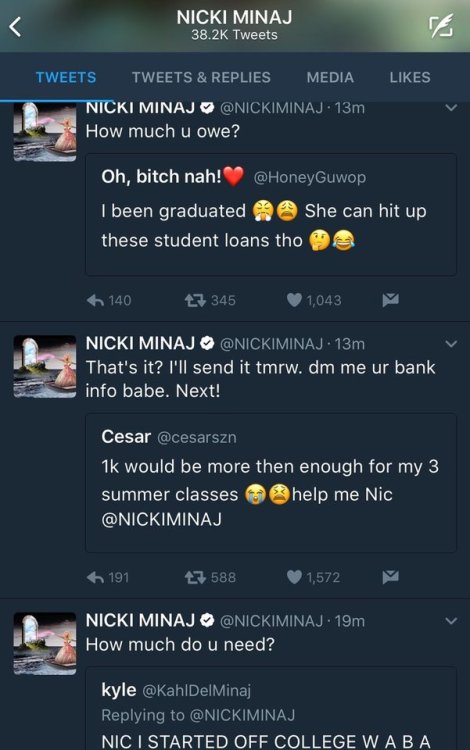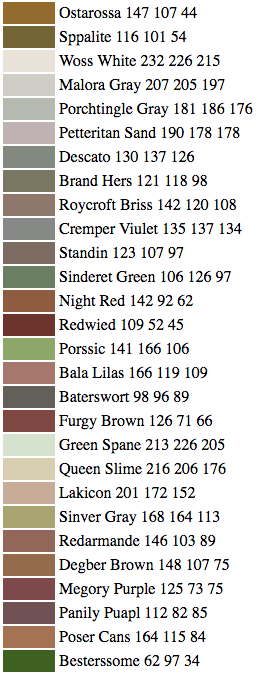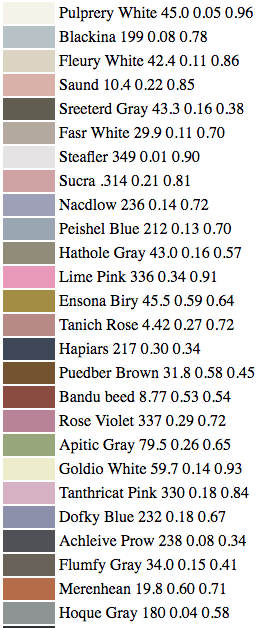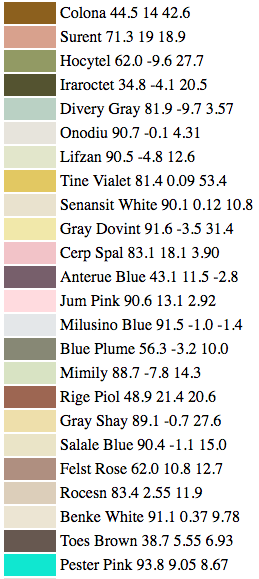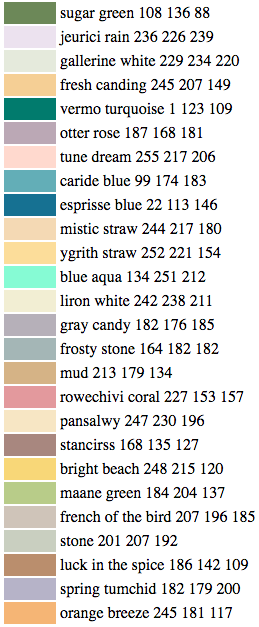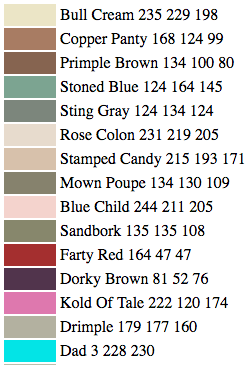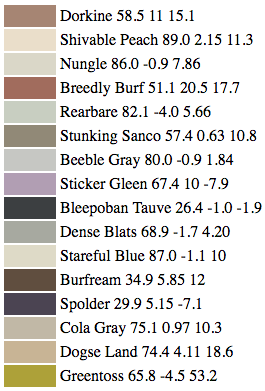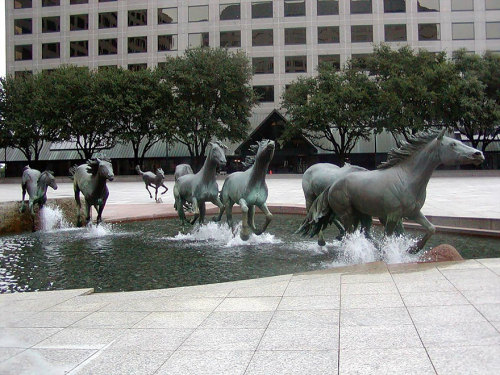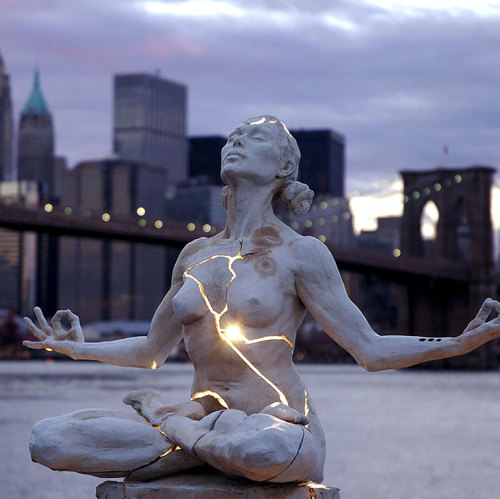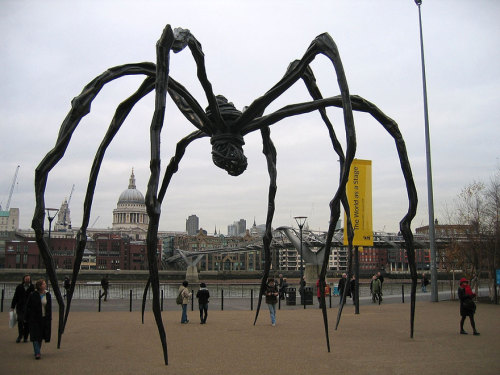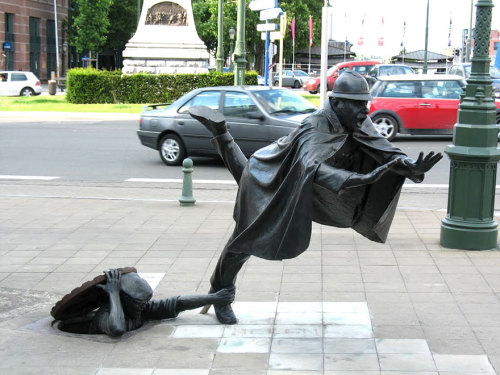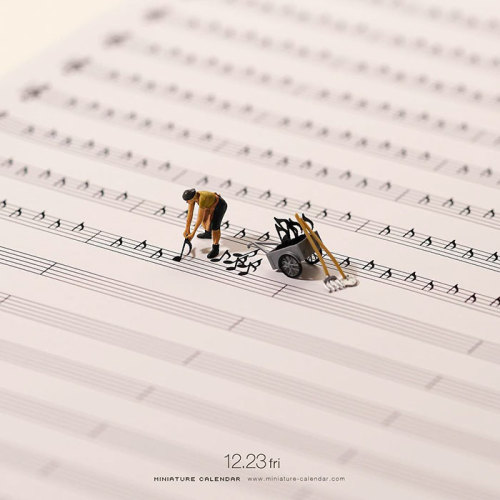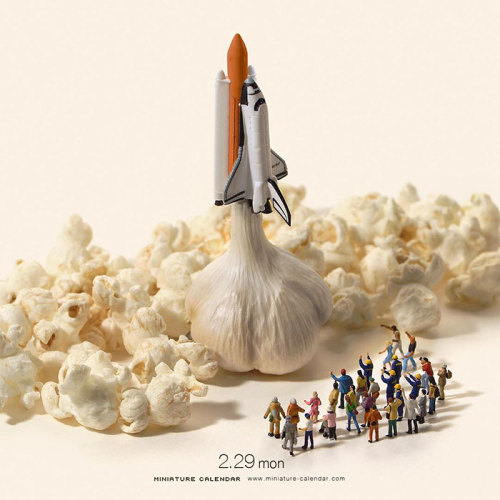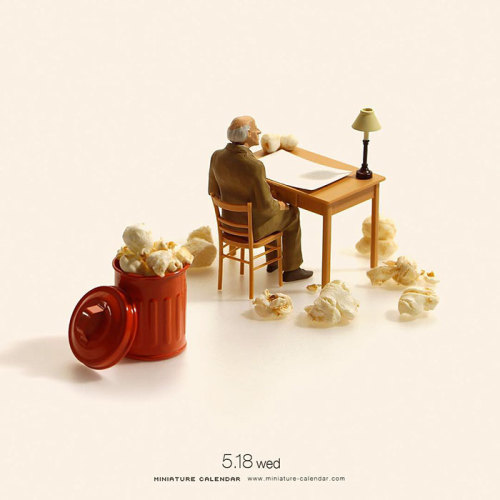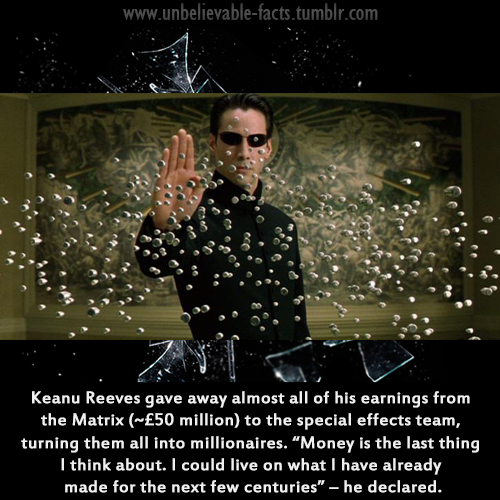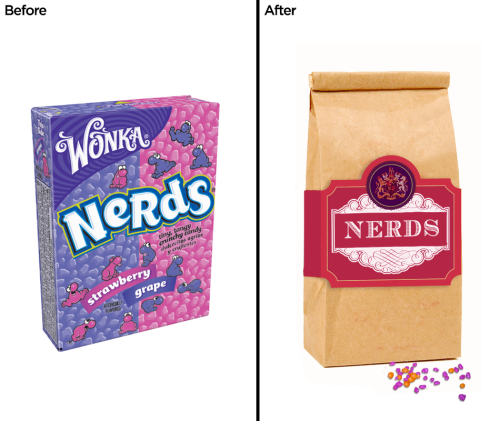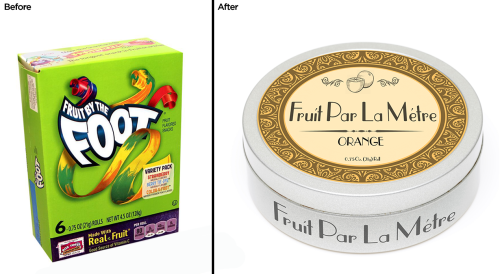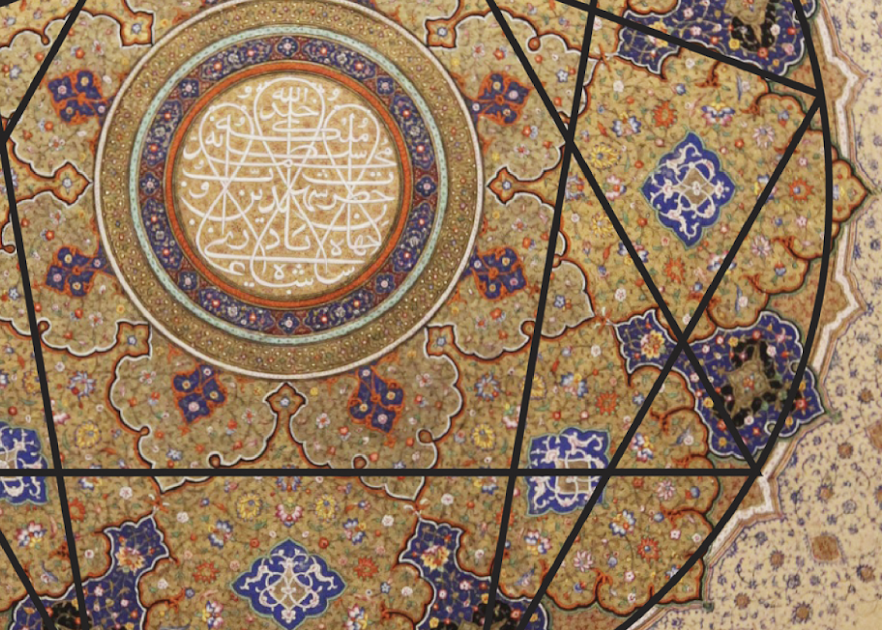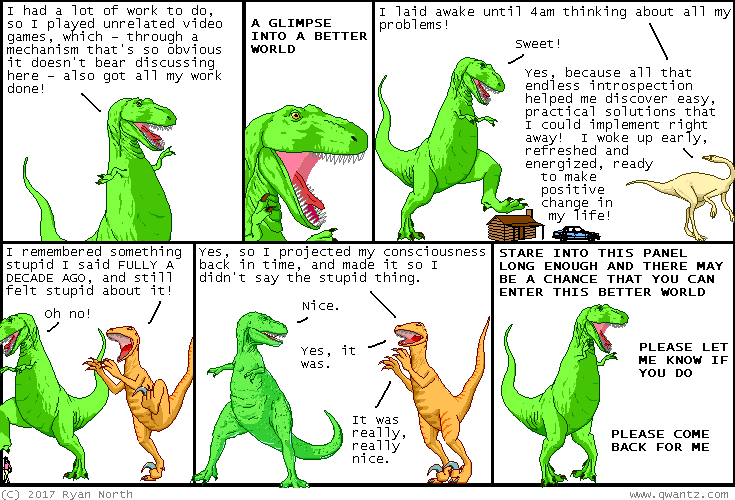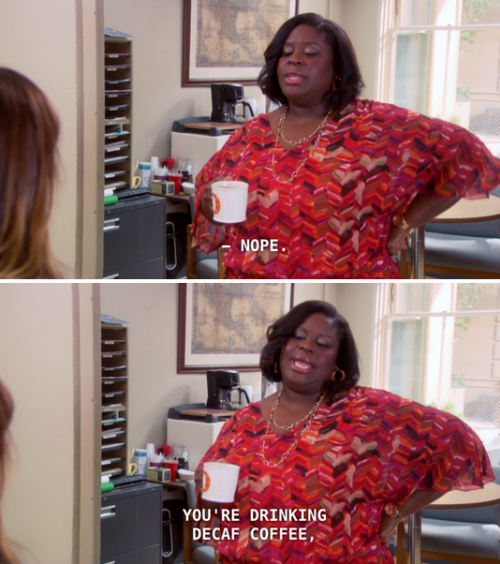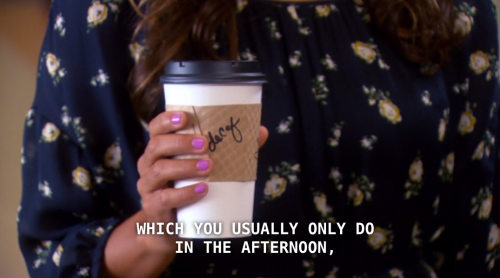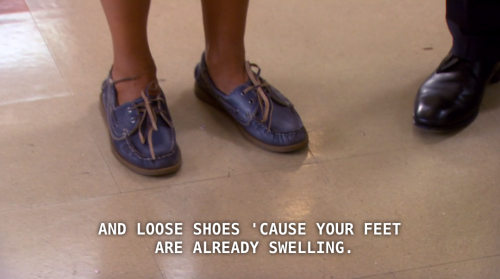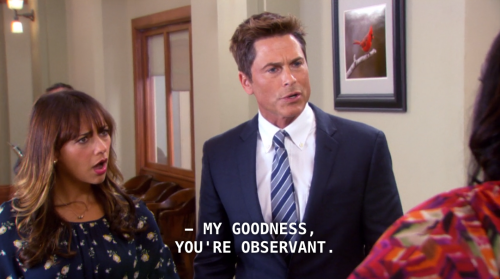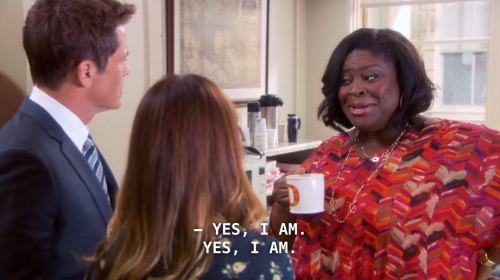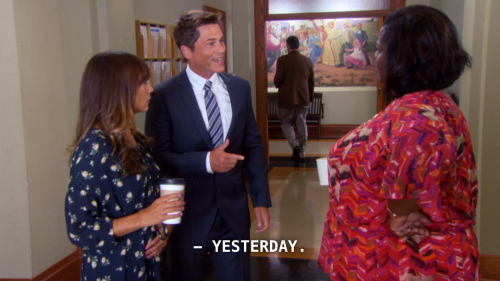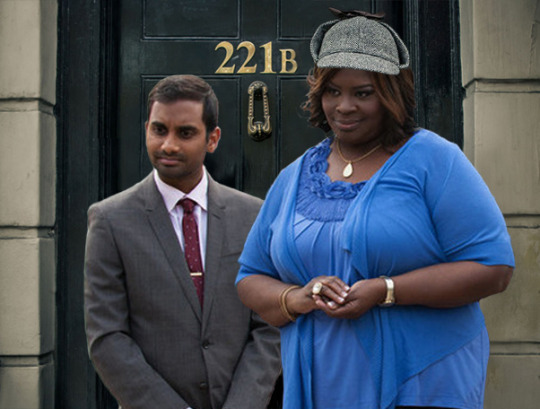
(Warning: my review has lots of spoilers!)
Star Wars has a problem, or, more accurately, the popular interpretation of Star Wars has a problem. Dismissals of Star Wars as being preoccupied with larger-than-life heroics, chosen ones, and destinies are common. The problem with this is that Star Wars, as a film series, has always been about how all of those things are terrible. Individualism and romanticism are always presented as chauvinistic and antithetical to the common good. Whether it’s the growing unity and cooperation of the Rebel Alliance, the catastrophic authoritarianism of the prequel Jedi, or the negligence of the New Republic, success and failure in every Star Wars film is measured by whether or not characters embrace and cultivate collective action. The Last Jedi follows firmly in this tradition, differing only from its predecessors in that it’s even more explicit. To quote the revolutionary Rose Tico, “That’s how we’re gonna win, not fighting what we hate, but saving what we love.”
The Rebel Alliance: Together We Are Strong
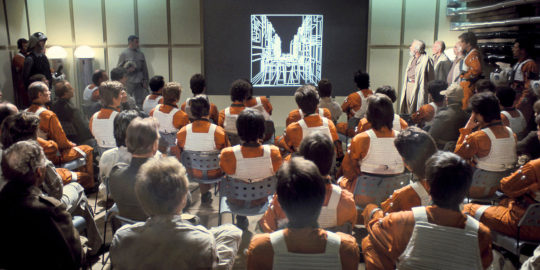
George Lucas’s politics are well-known, and it’s somewhat common knowledge that the Galactic Empire was inspired by America in the 1960s-70s, combined with the aesthetic of Nazi Germany to create a fascist colonial power in space. That being said, the leftism in the original trilogy is embedded far deeper in the story. In A New Hope, Luke and Han grow as characters by expanding their view of the world and understanding that they have a moral obligation to participate in something bigger than themselves. The success of the Rebels comes from surgical planning and cooperation, with each person playing an essential role in defeating the Empire. Luke may strike the killing blow, but only after a mountain of help and teamwork. In The Empire Strikes Back, our heroes face ruin when they’re separated from the Rebel Alliance, and Luke nearly destroys himself by acting out of selfish impulse and valuing the defeat of Vader over the greater good. Only the collective actions of Lando and the people of Cloud City allow our protagonists to survive. By Return of the Jedi, the Rebel Alliance has grown stronger and more diverse, calling upon many different walks of life to oppose the Empire. The Emperor, naturally, defeats himself by concentrating all of his power in one place and overvaluing an individual’s importance (Luke). It’s essential that Luke’s redemption of Vader is not what defeats the Empire- that’s just his personal journey. His contribution is to distract the Emperor to aid in the mission’s success. Even if Luke had failed and turned evil, the Emperor and Death Star would still have exploded. The theme of the original trilogy is spelled out during their confrontation: “Your overconfidence is your weakness.” “Your faith in your friends is yours.” Luke’s the one who’s right. The Jedi of the original films also embody this theme: they exist to teach Luke that the world is bigger than he thinks, that we are all connected, and by strengthening this connection we grow stronger.
The Old Republic: Capitalism in Decay

If the original trilogy is about the defeat of fascism, it’s only natural for the prequels be about the failure to prevent the rise of fascism. The Phantom Menace appropriately opens with an inept, corrupt democracy where private companies have standing armies that rival the government. The Jedi serve the state in a strangely unofficial way, and their political and executive powers have grown as the Republic has become more inept. Gone are the spiritual, anarchistic Jedi of the original trilogy- the Jedi Order of the prequels are preoccupied with power, individualism, and the defeat of evil, so much so that they’re obsessed with a Chosen One to save them, despite having no rivals for a thousand years. When the Clone Wars erupt (caused by capitalist powers run amok), instead of protecting the people as their historical role is described, the Jedi become generals in a conflict with disposable soldiers to protect the property of the Republic, going so far as to become bodyguards to its Supreme Chancellor. Their disconnect from the world around them becomes so extreme that they appoint Anakin Skywalker to the Jedi Council simply because he’s powerful, and even fail to notice the fascist state literally forming around them. The finale of Revenge of the Sith encapsulates this, with the pointless simultaneous duels of Yoda and Kenobi. These fights are pointless because their outcomes will change nothing: if Kenobi killed Anakin, another Sith apprentice would take his place (something we’re shown twice before). If Yoda killed the Emperor, he’d be arrested and the Emperor’s claim of Jedi traitors would be validated. Some other horrible person like Tarkin would take over, and the Galaxy would hate the Jedi even more. Yoda and Kenobi were still overvaluing individuals at the expense of understanding the systemic causes for their situation; they’ve already lost, and this is why they don’t take serious action again until the people of the Galaxy begin to unite together on their own. The prequel Jedi failed by walling themselves themselves off from the Galaxy, from its people all the way to (in Yoda’s words) the Force itself.
The New Republic: A New Coat of Paint

The failure of the New Republic in The Force Awakens is more implied than specific: the fact that they formed a third-party “resistance” to deal with the First Order suggests they didn’t see them as an existential threat. Poe’s shock at the First Order’s forces once on a Star Destroyer implies the Resistance underestimated their size and power. Along with Luke’s failure, the cause given in The Force Awakens for everything going wrong could simply be interpreted as a lack of vigilance against totalitarian forces.
The Last Jedi, however, digs much deeper, and presents a more complete picture, especially through Canto Bight. The New Republic, as its name implies, is just another Republic. They never did away with the power structure that gave rise to the Empire (remember, the Clone Wars were caused by wealthy conglomerates attempting a power grab). Canto Bight shows those capitalist forces never went away: Finn and DJ discuss an arms dealer who has literally been in business selling weapons since the time of the original Empire. The First Order, like the Empire, would not exist without the wealthy elite, whose power and influence are functionally unrestricted in the New Republic. Fascism is at its heart an alliance of corporate powers, and the New Republic neglected to curtail or eliminate these powers. Replacing the Emperor with a senate isn’t going to solve their problems if the wealthy still decide the fates of star systems. This is a recurring theme in The Last Jedi- that changing who is at the top, by itself, doesn’t change the system. The failure of the Rebellion was a failure to follow through with the revolution.
The Last Jedi: Denying the Whole Means Failure

Luke, Poe, Finn, and Kylo Ren all make similar chauvinistic mistakes in their stories. Each one is basing their actions off what they thought happened in the past, whether it’s through old rebellion heroes (Poe and Finn), or previous Jedi/Sith (Luke and Kylo Ren). The problem is they’re emulating mythologized versions of their heroes rather than understanding the context of their respective hero’s actions. Poe plainly thinks being a good pilot is “blowing something up” because that’s what Luke and Lando did, forgetting that the successes of those characters were the result of intense, meticulous planning and cooperation. Poe is preoccupied with glory, the easy-to-remember parts of the Rebellion. Of course, the old Rebels never went off script because they understood their job was part of a disciplined group effort, but Poe fails to internalize this. This kind of chauvinism doesn’t just cut Poe off from others and cloud his judgement, it gets almost the entire Resistance killed.
Finn similarly thinks that simply destroying bad things at whatever cost is what heroes do, and it’s only through multiple failures and Rose being incredibly patient with him that he learn his lesson. Like Poe, Finn’s reckless bravado (in his case masked in the language of selflessness) is still incredibly selfish, just like his selfish desire to save Rey. Finn’s attempted suicide run against the “battering ram,” while seemingly selfless, is still grounded in selfish desire to “win,” unlike Admiral Holdo’s sacrifice. Poe even tells Finn that it’s too late to destroy the laser weapon, but Finn goes anyway. Even if Finn had destroyed it somehow, it wouldn’t have saved anyone, just possibly delayed the First Order, which was the point of their attack before Poe called it off. Holdo’s sacrifice was different because she was directly saving defenseless ships from being exploded. The difference is, once again, that Finn’s actions lacked the context of that collective action because of chauvinism brought on by a romantic view of heroes.
While Finn and Poe fail by imitating romanticized heroes, Kylo Ren turned to evil because his heroes didn’t live up to their romanticized legends. Despite appearances, it’s not Darth Vader that Ren idolizes, but Luke. Unlike Finn and Poe, Ren grew up around his hero, but when it was clear that Luke didn’t compare to the legend of Luke, Ren retreated to a legend he could never meet: Darth Vader. Ren was also trained with an incomplete, sanitized version of the Jedi, and once again when this sanitized version fell apart, he turned to evil. Appropriately, unlike our heroes, he doubles down on his chauvinism and never learns the lesson. Despite Ren’s insistence that one burn the past, he never lets go of it. He thinks killing his boss is an original idea, and that the problem with the First Order is that the *right person* wasn’t in charge. He’s such a textbook Sith it’s laughable.
At the epicenter of this is Luke Skywalker, who, like the New Republic, tried to pass on his strengths without examining his weaknesses, and as a result, fails in training any new Jedi. Luke tries to impart a mythologized version of the Jedi, and by extension an incorrect picture of them. This leads to Luke repeating the Jedi’s greatest mistake: overvaluing the importance of an individual’s power (Ben Solo). Not unlike Kylo Ren, Luke becomes jaded because the Jedi are not the idealized beings Luke represented them as. This is exacerbated by Luke romanticizing even his own legend and legacy (explaining his selfish, overly dramatic exile). His contempt toward the Jedi is misplaced, myopic anger at himself. Luke doesn’t understand his own mistake until Yoda hits him over the head with it: that one must pass on both successes and failures, otherwise things cannot move forward. It’s not the Jedi as a concept that’s wrong, but the adherence to a illusive vision of the past. The failure in both Luke and Ren is a failure to grow beyond their predecessors, simply copying what came before without grasping the whole picture.
Our hero, Rey, however, is less susceptible to this chauvinism. This is largely due to her selflessness and focus on the Resistance as a whole. Luke disappoints Rey, but this doesn’t have the disastrous impact that it had on Ben Solo because Rey’s aim is understanding, not personal glory. Also, as previously mentioned, Luke gives her a more complete picture of the Jedi (and himself) than he ever did with Ben Solo. Unlike Luke’s previous students, Rey has the opportunity to explore the Dark Side: she enters the cave and plainly sees that this path offers no answers. She looks evil straight in the eye and sees its weakness, and she sees the sins and strengths of the Jedi for what they are: something to learn from and surpass.
During her confrontation with Kylo Ren, Rey is not devastated by being a “nobody” because she’s not obsessed with being important like Kylo Ren is. Like any abuser, he tries to break her down by saying she’s a “nobody,” because for him that would be crushing. It obviously hurts Rey at first, as she’s still searching for significance, but as she’s coming to it with a much more balanced worldview, Rey finds self-worth through her contribution to the collective, through helping others. Rey is stronger with the Force than Kylo Ren because she sees the whole, and even more importantly she sees beyond herself. Rey has witnessed the folly of chauvinism, and as such, she’s not tempted by Kylo Ren’s fascist offer: changing who’s at the top doesn’t fix anything, one has to change the system.
Rey, Rose, and Revolution

The heart of Star Wars is revolution, the hope that leads to overturning a fundamental power structure. This is more nuanced than the bland, romantic “destruction of evil” that Star Wars is often accused of. The original trilogy showed the strength of revolution through collective action, the prequels showed the lack of revolution by abandoning that action, and the new trilogy searches to reignite the revolution. The Last Jedi in particular searches for that revival, the “spark that lights the flame.” That spark is carried most clearly in Rose and Rey. Both have humble origins and never aspired to be recognized as heroes, both are disillusioned by meeting their heroes, and both grow from that experience while inspiring others to take up hope. The other young heroes (plus Luke) meet failure by overstating the significance of individuals over the collective, of defeating evil without preserving what’s good. Fortunately, all of these characters do learn the folly of this behavior, and The Last Jedi is left with leaders of a true revolution, one that doesn’t deny the full history and scope of Star Wars itself, warts and all.
